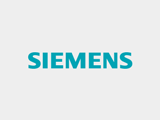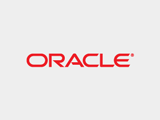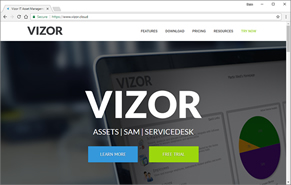You are here :
- Home
- Technical Information
- PC-Duo® Remote Control for Terminal Services Sessions
Terminal Services Connections
PC-Duo provides server-side support (screen capture, input control, screen recording) for session- based virtual desktops hosted by Terminal Services on Windows Server 2003 or Window Server 2008 (now called "Remote Desktop Services"). Windows Server creates and hosts the Terminal Services (TS) sessions like virtual machines. A presentation technology using a display protocol such as RDP from Microsoft or ICA from Citrix is typically used to remote the session display, as well as the keyboard and mouse input, to and from an end user device (such as a thin client computer like a Wyse terminal).
PC-Duo allows technicians to capture (and if desired, record) the session presentation information at the Windows Server before it is remoted to the end user device over the RDP or ICA display protocol. PC-Duo is able to do this by injecting a Host instance into each server-side TS session, which in turn captures and sends presentation information directly to PC-Duo Enterprise Gateway for recording and/or further transmission to a PC-Duo Master.
Root Host for TS Sessions
The "Terminal Services" feature of Windows Server 2003 and Windows Server 2008 allows multiple virtual desktop sessions to be active simultaneously. PC-Duo provides remote access and remote control to these sessions on the Windows Server by injecting a separate instance of the Host service into every new TS session. A special version of the Host called the "root" Host must be loaded on the TS server (a "root" Host is a standard Host with a special TS license key - see "About tab" for more information); it will automatically spawn a new Host instance every time a new TS session is created.
Transient Hosts
Each TS instance of the Host will have its own unique workstationID and must be configured to report to a Gateway. When it first reports to the Gateway Server, it will be automatically managed and added to the "All Hosts" group. The TS Hosts are considered transient, since they go away when the TS user logs out of his/her session. In order to keep track of transient TS Hosts, the PC-Duo Enterprise Gateway will create a new Group called "Terminal Services on <Servername>", and automatically insert transient Hosts into this Group. They are automatically deleted from the Gateway when the TS session ends. The main purpose of this Group is to allow security to be assigned to the Hosts and TS sessions that belong to this Group, and to provide the correct and appropriate access to the TS-based Host instances.
Note: PC-Duo Host for Terminal Services works on Server 2003 & Server 2008, and requires a Gateway Server v11.6 or later.
Recording TS Hosts
Recordings are normally deleted from the Gateway database when their associated workstation record is deleted. Transient TS Host workstation records are automatically deleted from the Gateway when the TS user logs out of his/her session. However, to prevent recordings of TS Hosts from being automatically deleted when the TS session ends, the TS session recordings are reassigned to an artificial permanent workstation record called "Recordings on <Servername>". All recordings of all TS Hosts on a given TS server will be associated with this one record. This approach has the following advantages:
- Recordings are not orphaned
- All recordings can be kept in one place
- TS recordings can be kept separate from console (root Host) recordings
- Security can be configured serparately for each recording
Limitations of TS Hosts
Due to technical limitations and the nature of Terminal Services sessions, the following Host features are NOT supported:
- Remote printing
- Screen blanking (requires kernel-based support and physical display to blink)
- Peer-to-peer connections: all protocols are disabled, and the only connections that can be made are through a configured Gateway Server.
- Kernel-mode screen capture (even on Windows Server 2003, requires kernel-mode display support).













